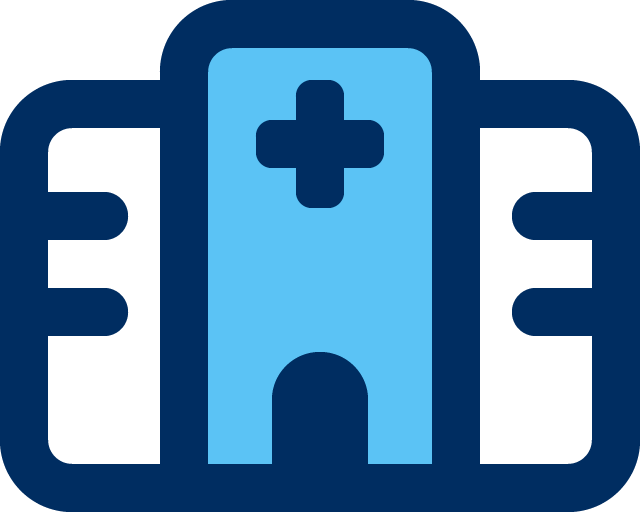Lesson 2 knowledge check
Select the best answer. These questions are for self-study only. Answers will not be evaluated or saved. Question 1 What is the primary goal of evidence-based public health (EBPH)? Question 2 Why is community engagement important in EBPH? Question 3 Which of the following is a tool used to gather community input? Question 4 What […]
Lesson 1. The Public Health Approach to Interventions and Programs
The four-step public health approach Goal Prevent problems before they occur, using a systematic, evidence-based process that can scale from local to national levels. This structured method, used by the CDC and leaders in public health like Johns Hopkins, mirrors how we’ve reduced traffic fatalities (through seatbelts, speed limits, and safer vehicles) and how we’re […]
Lesson 1 knowledge check
Select the best answer. These questions are for self-study only. Answers will not be evaluated or saved. Question 1 What is the primary goal of the public health approach to interventions and programs? Question 2 Which of the following best represents the four-step public health approach? Question 3 What is the primary purpose of Step […]
Module 5 knowledge checks
Module 5. Public Health Interventions and Programs

In Module 5, you’ll gain a deeper understanding of public health interventions and programs. You’ll be introduced to the four-step public health approach and explore the principles of evidence-based public health. The module will cover key aspects of implementing, evaluating, and sustaining effective interventions. Finally, you’ll examine how public health ethics inform the design and delivery […]
Lesson 1. Schism of Medical Education and Public Health
Required video TEDx: The Schism Between Medicine and Public Health (~18 minutes) Choose one question from each of the categories below (5 total questions) and answer them within the course’s Slack channel. think about this Choose one question from each of the categories below (5 total questions) and answer them within the course’s Slack channel. […]
Lesson 2. Overview of U.S. Healthcare System, Including Its Strengths, Weaknesses, and Disparities
The structure and stakeholders of the U.S. health system It’s essential to understand that the United States does not have a single, unified healthcare system. Instead, it’s a complex ecosystem of public and private entities—Medicare, Medicaid, commercial insurers, hospital systems, pharmaceutical companies, and multiple federal and state regulators. The United States system is fragmented. Unlike […]
Lesson 3. Health Policy Through a Public Health Lens
Let’s explore how United States health policies shape who gets care, how care is paid for, and what it means for health equity. By viewing policy through a public health lens, we’ll ask not just what works clinically, but what works equitably and systemically. The foundations of United States health policy Required reading Read the […]
Lesson 4. Physicians as Advocates
Medicine is not just about diagnosing and treating individual patients—it’s also about changing the conditions that shape health. This module explores the evolving role of physicians as advocates: What it has meant historically. What it means today. How future physicians (like you!) can make an impact in healthcare systems, policy arenas, and communities. A legacy […]
2. Public Health Practice and Policy

This credit’s modules